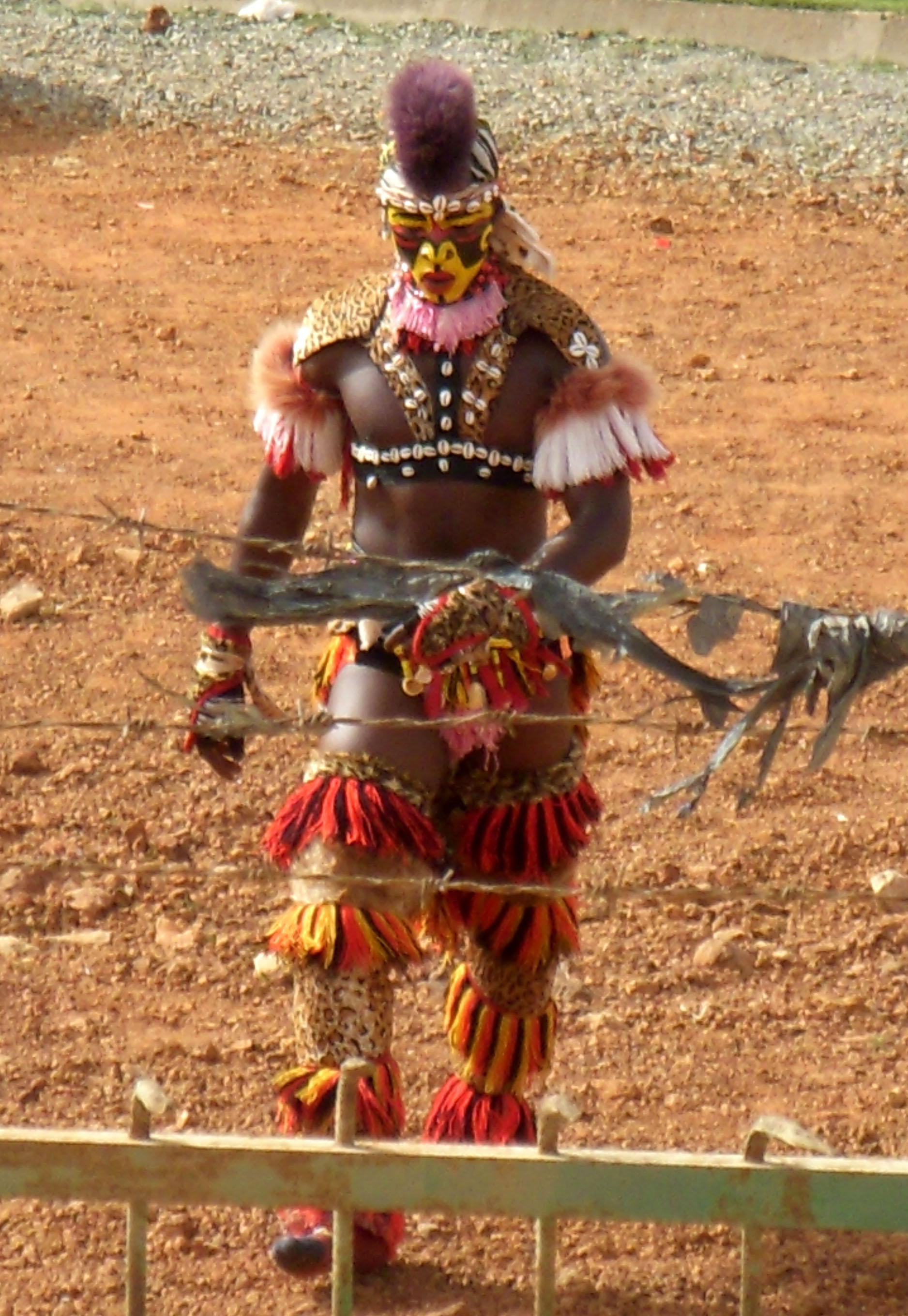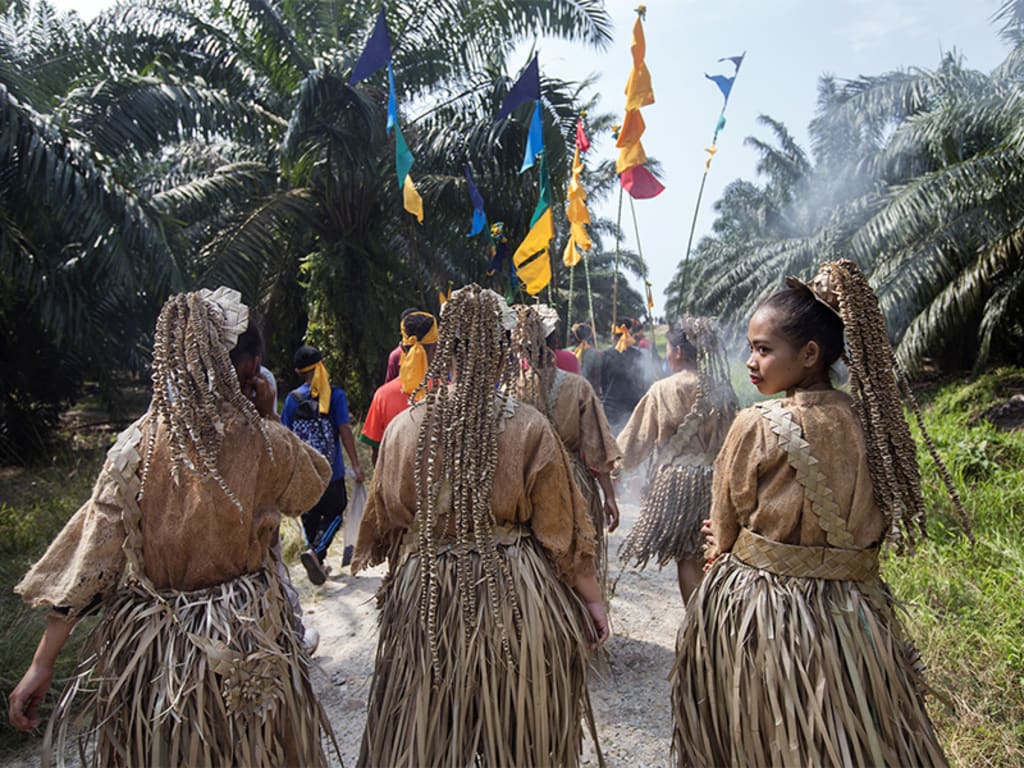Animism Culture
This animist conception of the world as a community of individual persons contains a potent and radical challenge to modernity’s dualism of ‘nature’ and ‘culture’. Since many religions practice animism, it is generally better to consider it a belief.
Animism in Modern Africa Culture Exchange Blog
All knowledge came from observation and experience.
Animism culture. The idealist teachings concerning the life force is a fundamental basis of animism. This completely blurs any sort of. In the movie pocahontas, the main character sings about how every living creature contains a spirit.
The term 'animism', or animist, is most commonly applied to hunter gatherer groups and tribes. Animism oriented religions have been a bedrock for african values and moral tradition since it’s inception. As such, spirits must either be worshiped or appeased.
The term 'animism' is derived from the latin word anima meaning breath or soul. It involves attributing sentience to other beings that may include persons, animals, plants, spirits, the environment, or even items of technology, such as cars, robots, or computers. Animism has a way of creeping into pop culture, whether we realize it or not.
In addition, most animist cultures have an overall religion rather than understanding itself an animistic religion. African native religions are not based on any sacred text, or creed like most mainstream religions. Before science and technology evolved, there were few methods to prove why things happened.
It is considered by authors to be the earliest form of religion. Central to the argument that eldridge develops is the contention that while “traditional, more animistic cultures and practices,” on the one hand, and “modern, scientific, materialist cultures and practices,” on the other, both “express persistent human interests and responses to reality,” they nonetheless display significant. While animism is present in tribal cultures of africa, asia, australia and the americas, it is also subtly a part of the greater span of human consciousness.
Shinto, the traditional religion of japan, is highly animistic. Animism is a particular sensibility and way of relating to various beings in the world. Animists offer sacrifices, prayers, dances, or other forms of
In the words of an indigenous sami person, “i am part of the forests and the mountains” (rochon, 1993 p46). Rather it’s based on cultural. Each being is considered a spirit that can offer help or harm to humans.
Animism and shamanism animism is the belief that all things have a spirit or soul, including animals, plants, rivers, mountains, stars, the moon, and the sun. This led to many conclusions that vary from culture to culture, but included the belief that everything was spiritual. The term was coined by the english anthropologist, sir edward tylor, and its latin derivation, anima, means soul or breath of life.
In comparison with biblical christianity, animism is a false belief in gods who are not truly gods at all. Animism, belief in innumerable spiritual beings concerned with human affairs and capable of helping or harming human interests. Tylor claimed animism to be historically the earliest form of religion or religious belief, “animism characterizes tribes very low in the scale of humanity, and thence ascends, deeply modified in its transmission, but from first to last preserving an unbroken continuity, into the midst of high modern culture” (5).
Many animist cultures don’t make a distinction between themselves and nature. To date about 10%, which is about 100 million africans, still practice their traditional religion. Animism offers perspectives for engaging with problems related to living in the world, a variety of which are discussed by harvey, both in.
Animistic beliefs were first competently surveyed by sir edward burnett tylor in his work primitive culture (1871), to which is owed the continued currency of the term animism. Animism is an important category of religious classification. Animism is the belief that all objects and living things possess a soul or spirit.
To this day, animism persists as the only religion in many foraging, farming, and pastoral cultures. In shinto, spirits of nature, or kami, are believed to exist everywhere, from the major (such as the goddess of the sun), which can be considered polytheistic, to the minor, which are more likely to be seen as a form of animism. Animism is not one religion;
Even if we don't know someone who practices animism, new age and eastern religions have found ways to weave these ideas into the very fabric of our society. Not only has the term helped in the understanding of human cultures, but also provides insights into the current world. Animism has long been an integral part of burmese culture and religion , persisting even as new faiths were introducedthose who don’t take a moment to consult a dictionary probably assume that animism refers to the worship of animals , and they would, of course, be incorrect the word animals refers to the breath/soul/spirit, the source of things.
Through ethnographic examples drawn from animistic societies worldwide, this entry examines key. As such, all things are imbued with human characteristics. Animism is simply the belief that everything has a spirit.
If one accepts that nature supports life, then feeling connected to nature is fundamental to being a happy and healthy person. Geographically, animism is the most widespread of all religions. However, most animist cultures commonly believe in.

Animism in Modern Africa Culture Exchange Blog

7 Lesser Known Religions in the Philippines NewsGraph

Cultural practice in Altai tengrism, animism, and

The Kulunge are amongst the purely animistic cultures in

The Postmodern Recognition of All the Animistic Religions
Belief in deities and spirits Animism

Discover the animist cultures of South Laos CamboTicket

Religions, Animism & Shamanism

😍 What is an example of animism. A Complete Understanding

Bijago Animist traditional culture in the Bijagos Islands
“A Language In Which To Think Of The World” Animism

Indian Amulet Accessory Traditions Totem Animism Culture





Post a Comment for "Animism Culture"